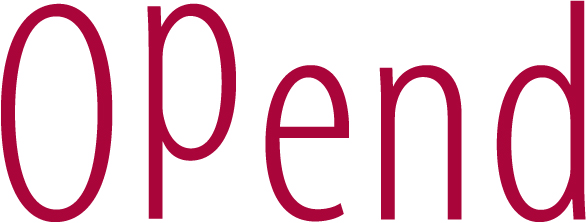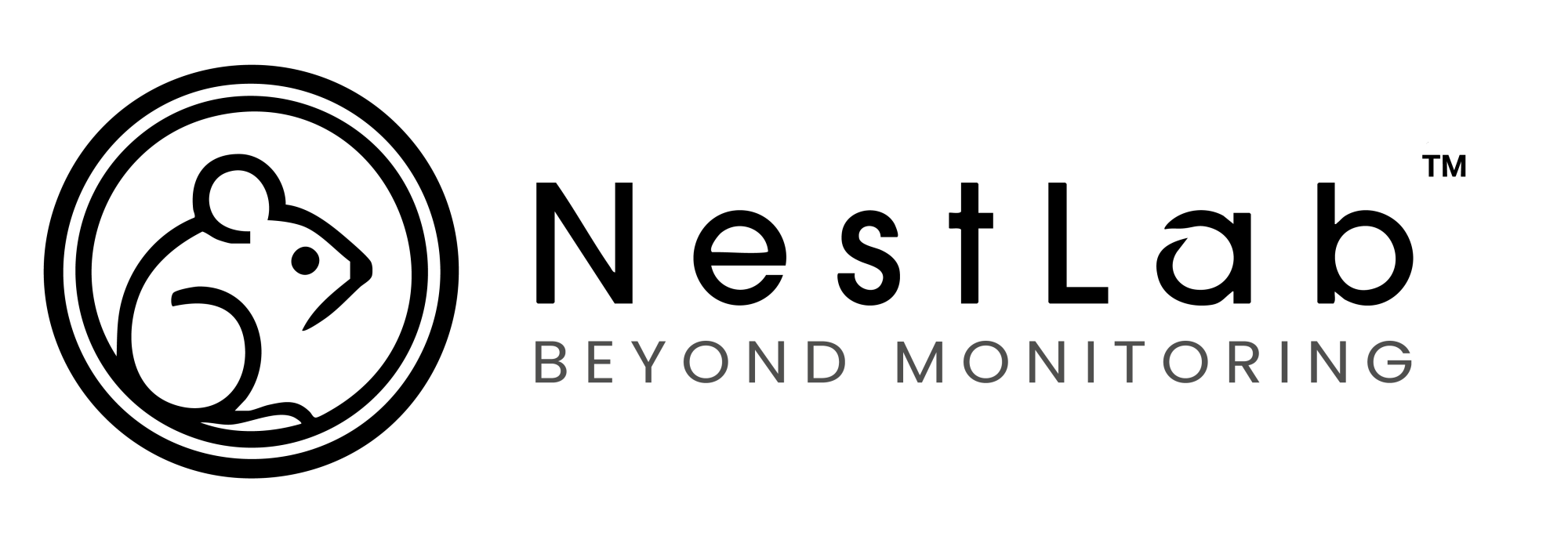Important dates
Invitation to exhibitors opens
November, 2025
Registration opens
December, 2025
Call for abstracts
December, 2025
Abstract submission deadline
31 January, 2026
Abstract notification to authors
21 February, 2026
Last date for early bird fee
28 February, 2026

Abstract submission
General information - For oral and poster presentations.
All presenters must register for the conference.
- The user account should be created by the presenting author.
- Multiple abstract submissions are permitted.
- Please ensure the abstract is proof read carefully before submitting, as changes or additions will not be accepted after the call for abstracts closes.
- Remember to include a valid email address for confirmation of receipt of the abstract submission and ongoing communication.
- All accepted abstracts will be published
Abstract Guidelines and Instructions
- Purpose: Clearly state the aim of your work.
- Style: Use clear and straightforward language.
- Review: Proofread for clarity and accuracy before submission. Abstracts must contain original work and meet international ethical standards. Abbreviations should be defined and trade names are not allowed in the title, but may be accepted (in brackets) in the body.
Call for abstracts: December, 2025
Abstract submission deadline: 31 January, 2026
Abstract notification to authors: 21 February, 2026
Author(s): Names, affiliations, and email addresses.
Title: A short title reflecting your presentation, max 15 words.
Relevant themes:
- Laboratory animals
- 3R (Reduction, Refinement, Replacement)
- Education
- Training
- Non-animal methods
- Housing
- Experimental design
- Anesthesia
- Analgesia
- Animal welfare
- Culture of care
- Legislation
- Ethics
Background: Briefly explain the context and importance of your study.
Objective: Clearly state your study’s aim or purpose.
Methods: Describe your research methods or practical approach.
Results: Summarize key findings or expected outcomes.
Conclusion: Explain the significance of your findings.
Word limit: Total must not exceed 300 words.
Oral presentation instructions:
Oral presentation instructions are sent out by e-mail to those accepted for oral presentation.
Additional information for poster presentation


















